
Owning a Yamaha RD350 is like holding a piece of two-stroke history in your hands—it’s a thrill worth preserving. But keeping that engine roaring takes more than just luck; it demands regular care tailored to its unique two-stroke nature. Whether you’re cruising daily or prepping for a vintage bike meet, these maintenance tips will help extend your RD’s life and keep it running smoothly. We’ve broken them down into daily and monthly routines, plus a guide to breaking in a fresh engine. Let’s get started on keeping your RD in top shape!
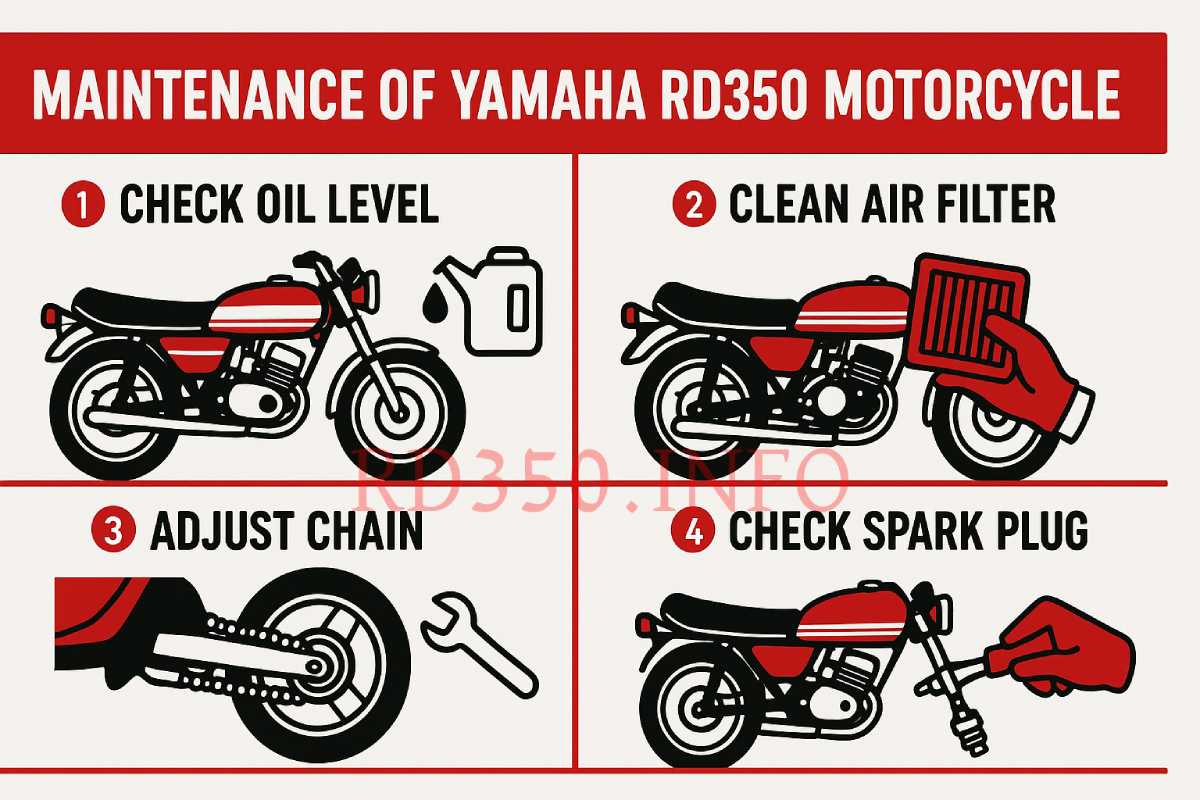
A little daily attention goes a long way with the RD350. These simple checks and habits can boost your ride quality and save you from bigger headaches down the road.
Kick off your day by giving your RD a quick once-over. If it’s been sitting uncovered, wipe off the dust—it’s not just about looks; a clean bike runs prouder. More importantly, check the 2T oil level in the tank. This isn't optional—low oil starves the pistons of lubrication, risking scratches, damaged rings, or even a seized engine if you push it too far. Next, grab a tire pressure gauge: front tires should sit at 28 psi, rear at 30 psi (model-dependent). Skimp on this, and you’ll feel the drag while burning extra fuel. These small steps set the stage for a smooth ride.
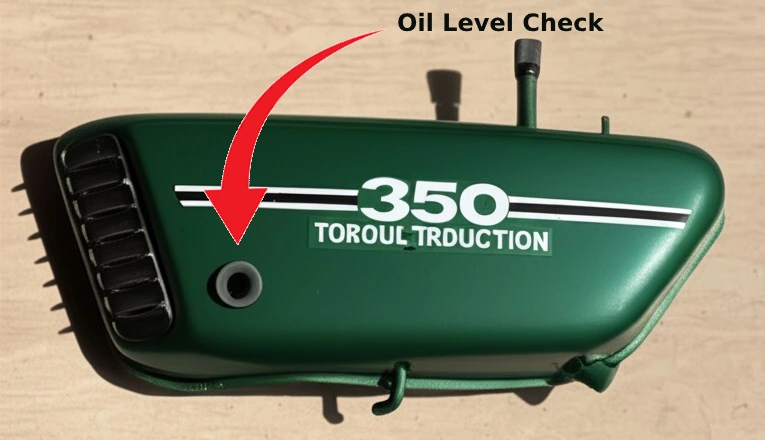
The RD350’s 347cc two-stroke heart needs a gentle wake-up call. Unlike four-strokes, its lubrication depends on a pump feeding 2T oil through the carbs to the cylinders—a process that takes a moment to kick in. Revving hard right off the bat can wear down pistons and rings before the oil arrives. Instead, fire it up and hold it at around 2000 RPM for two minutes. That patience pays off in engine longevity. Some riders mix extra oil into the fuel tank for added protection, cutting warm-up time but risking plug fouling. If that’s your style, keep an eye on those spark plugs—they’ll tell you if you've overdone it.
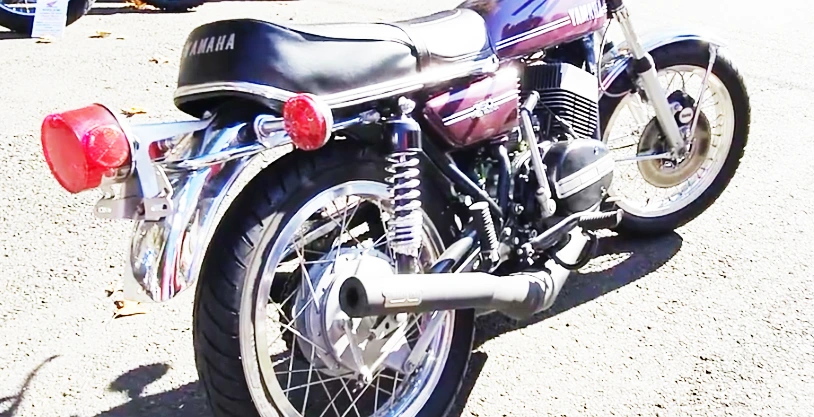
Monthly checkups are non-negotiable if you want your RD350 purring like it should. These tasks tackle the critical systems that keep it reliable and responsive.
For RD350s running CB points, the battery isn’t just a luxury—it’s the lifeline. Without it, you’re grounded, so treat it right. A 12V battery lasts about 2 to 2.5 years with proper care. Check the water level monthly (more often as it ages) and top up each cell individually—don’t assume they’re linked, because they’re not. Smear Vaseline on the terminals to fend off corrosion, and ensure the battery sits snug and upright in its compartment. A healthy battery means crisp starts and steady power, every time.
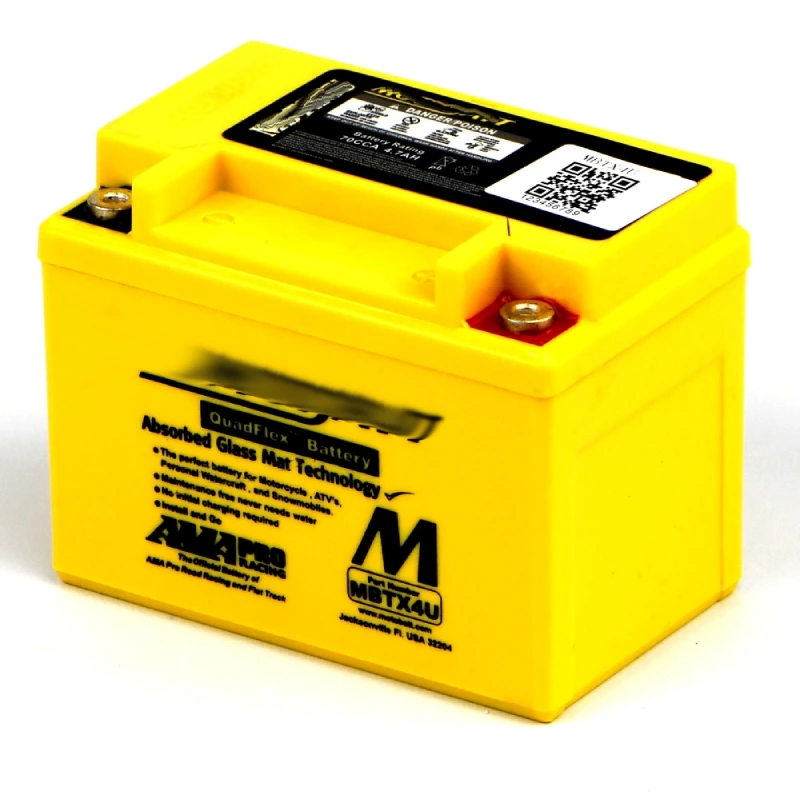
Indian RD350s got a bad rap for weak brakes, but those big drum brakes aren’t hopeless—they just need love. Once a month, pop off the liners and give them a light sandpapering to keep them grippy (go easy, though). Clean and sand the drums too, then dab white grease on the springs and positioners for smooth action—don’t overdo it, or it’ll gum up the liners. Done right, these brakes hold their own in city traffic, giving you confidence when it counts.
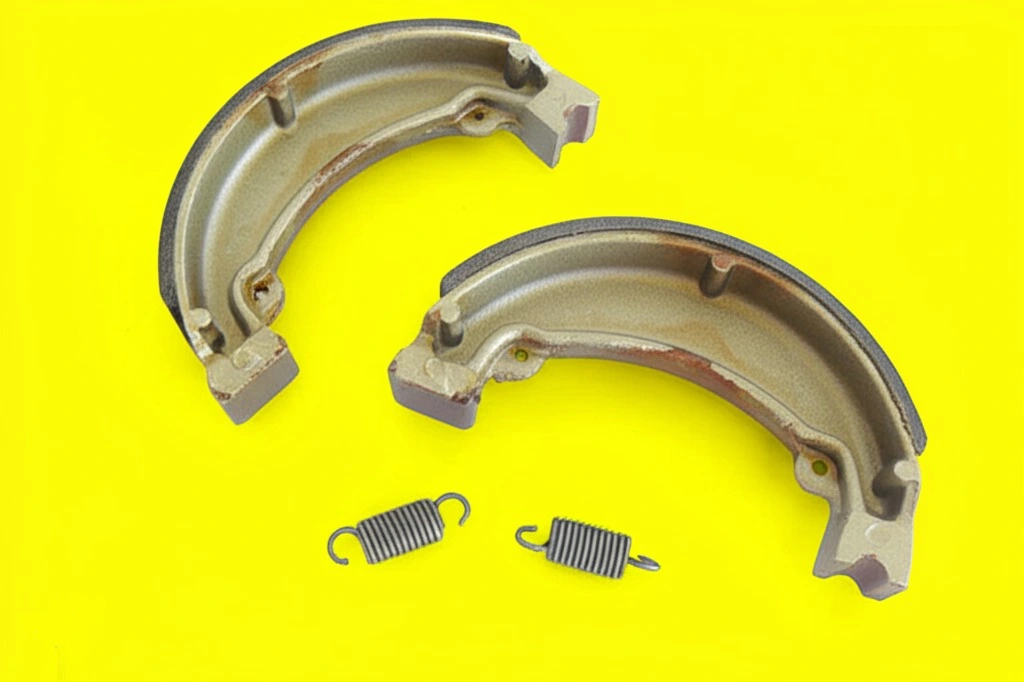
A mistimed RD350 is a sluggish RD350—ignition timing and carb tuning are make-or-break. The old-school CB points system needs monthly checks; aim for 2mm BTDC (High Torque) or 2.4mm BTDC (Low Torque) with a dial gauge. No gauge? There are workarounds, but they’re dicey. Fuel quality matters too—low-octane or dirty gas clogs carbs fast. Use a good petrol filter, clean the tank regularly, and scrub the carbs monthly, especially the air-jet. Stick to stock jetting unless you're modding hard; it’s dialed in for most RDs and keeps power and mileage solid.
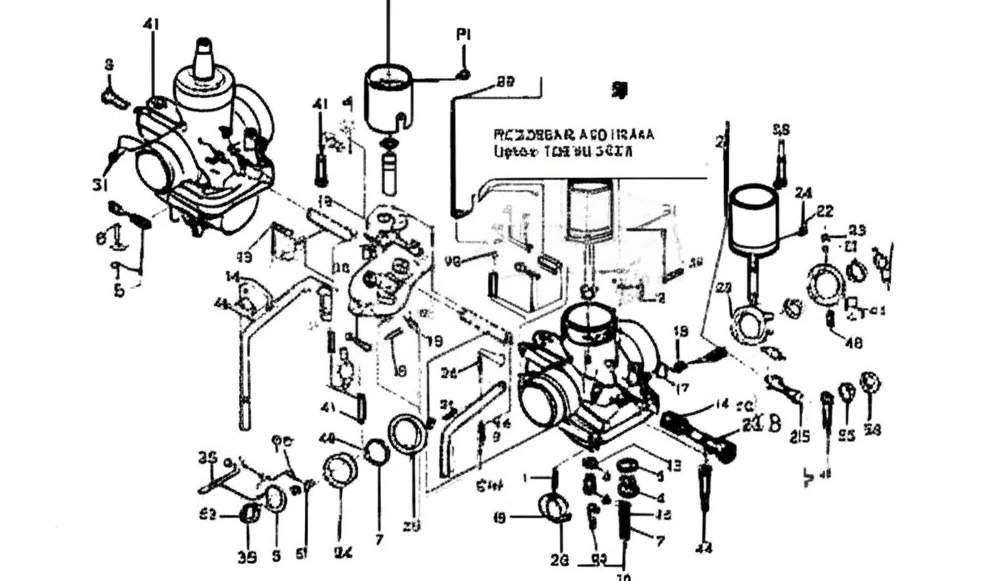
Breaking in a new or rebuilt RD350 engine isn’t about rushing—it’s about setting it up for a long, powerful life. The goal? Seat the piston rings against the cylinder walls so they seal tight and unlock full power. Rushing this risks weak compression forever. Follow the manual: 500–1000 miles of varied, light loads—no long hauls at full throttle or low RPM. Short bursts, then cooldowns, let wear particles flush out and heat dissipate. Add a touch more oil during this phase—about 5ml extra per liter—then flush the crankcase with half a liter of fresh oil post-break-in. After that, ease into higher loads gradually. Patience here builds a beast that lasts.
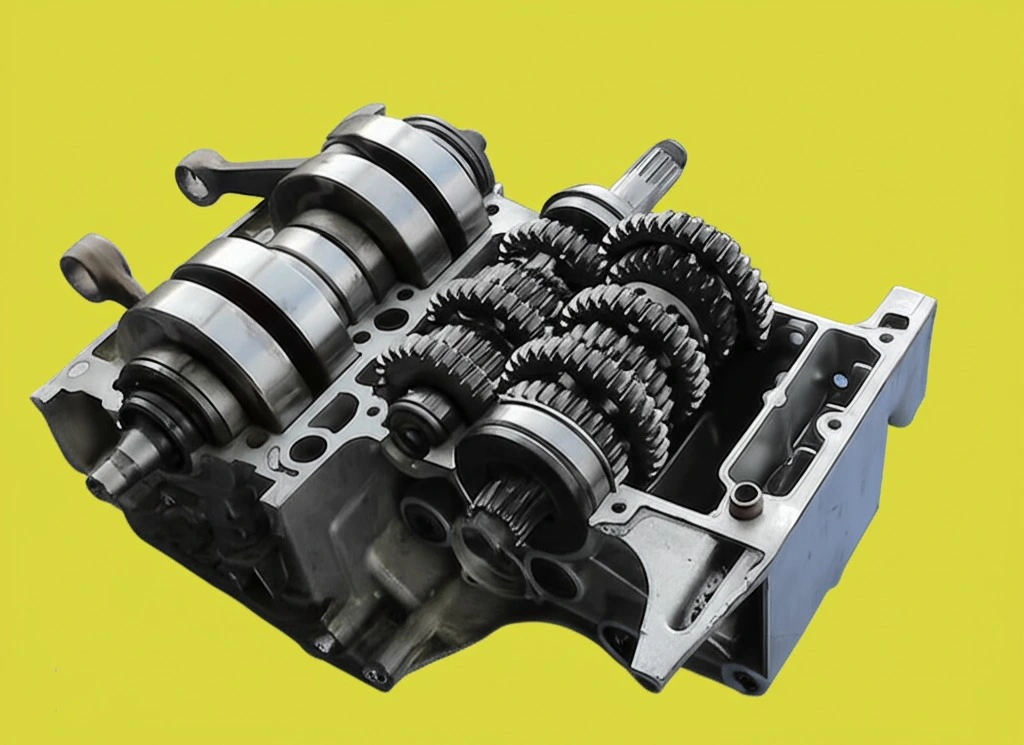
The Yamaha RD350 isn’t just a motorcycle—it’s a rolling legacy of two-stroke glory. Regular maintenance keeps it alive, whether you’re tearing up backroads or displaying it at a classic bike show. These tips, tailored for your RD on rd350.info, ensure every ride feels as good as the first. From daily oil checks to monthly tune-ups, it’s all about honoring the craft of this vintage icon. Treat it right, and it’ll reward you with years of that unmistakable two-stroke thrill.
Download several useful manual files in PDF format for many two-stroke engines/models.
Consider buying me a coffee if you enjoy the content shared with you.
© Copyrights by RD350.info | Torque-Induction. All rights reserved.